توضیحات محصول
اوره | Urea
Urea
Urea, a compound with the chemical formula CO(NH2)2, has several important uses in molecular and cellular biology. Here are some of its applications:
1. Protein Denaturation and Solubilization: Urea is commonly used to denature proteins by disrupting the non-covalent bonds that maintain their higher-order structure. Denaturation is often required to study the individual components of a protein or to isolate specific protein domains. Urea is also used to solubilize proteins by disrupting their hydrophobic interactions, aiding in protein extraction and purification.
2. Protein Folding Studies: Urea is utilized in protein folding studies to investigate the relationship between a protein’s primary sequence and its three-dimensional structure. By varying the concentration of urea, researchers can assess the stability and folding kinetics of proteins, providing insights into the folding pathways and mechanisms.
3. DNA Denaturation: Urea can denature double-stranded DNA by disrupting hydrogen bonding between the complementary strands. This property is utilized in molecular biology techniques such as DNA sequencing, hybridization studies, and polymerase chain reaction (PCR). By denaturing DNA, it becomes single-stranded and accessible for various experimental manipulations.
4. Density Gradient Centrifugation: Urea is used in density gradient centrifugation to separate biomolecules based on their buoyant density. By creating a gradient of urea concentration in a centrifuge tube, molecules such as nucleic acids or proteins can be separated into discrete bands, allowing their purification or analysis.
5. Cell Lysis: Urea is sometimes included in cell lysis buffers to disrupt the cellular structure and release the contents of cells. It aids in breaking down proteins and lipids, allowing the extraction of cellular components for downstream analysis, such as enzyme assays or protein purification.
6. Stabilizing Enzymes: Urea can stabilize certain enzymes by preventing their denaturation or aggregation. This property is particularly useful for preserving the activity of enzymes during purification or storage.
7. Sample Preparation for Electrophoresis: Urea is often included in sample preparation buffers for gel electrophoresis techniques, such as SDS-PAGE (Sodium Dodecyl Sulfate-Polyacrylamide Gel Electrophoresis). It helps to denature proteins and linearize nucleic acids, facilitating their separation based on size or charge.
These are just a few examples of how urea is utilized in molecular and cellular biology. Its versatile properties make it a valuable tool for various experimental techniques and studies in these fields.
اوره، ترکیبی با فرمول شیمیایی CO(NH2)2، کاربردهای مهمی در زیست شناسی مولکولی و سلولی دارد. در زیر تعدادی از کاربردهای آن را ذکر میکنم:
1. ازمایش تخریب و حلالیت پروتئین: اوره به طور معمول برای تخریب پروتئینها با اختلال بندهای غیر کووالانسی که ساختار بالاتر آنها را حفظ میکنند، استفاده میشود. تخریب معمولاً برای مطالعه اجزای تشکیلدهنده یک پروتئین یا جداسازی دامنههای خاص پروتئین لازم است. همچنین اوره برای حلالیت پروتئینها با اختلال در تعاملات آبیگونه آنها استفاده میشود که در استخراج و تصفیه پروتئین کمک میکند.
2. مطالعات تاشدن پروتئین: اوره در مطالعات تاشدن پروتئینها استفاده میشود تا رابطه بین ترتیب اولیه پروتئین و ساختار سه بعدی آن را بررسی کند. با تغییر غلظت اوره، پایداری و سینتیک تاشدن پروتئینها را میتوان ارزیابی کرد که به درک مراحل و مکانیسمهای تاشدن کمک میکند.
3. تاشدن DNA: اوره میتواند DNA دو رشته را با خراب کردن پیوند هیدروژنی بین رشتههای کامپلمانتری تا کند. این ویژگی در تکنیکهای بیولوژی مولکولی مانند سکانسدهی DNA، مطالعات هایبریداسیون و راکتیون زنجیره پلیمراز (PCR) استفاده میشود. با تاشدن DNA، تک رشته میشود و برای مداخلههای آزمایشی مختلف قابل دسترسی میشود.
4. سانتریفوژ در گرادیان چگالی: اوره برای جداسازی بیومولکولها بر اساس چگالی شناور آنها در سانتریفیوژ استفاده میشود. با ایجاد گرادیان غلظت اوره در لوله سانتریفیوژ، مولکولهایی مانند اسیدهای نوکلئیک یا پروتئینها میتوانند به باندهای گسسته تقسیم شوند که این امر امکان تصفیه یا تجزیه آنها را میدهد.
5.لیز سلول: اوره گاهی در حلالهای لیز سلولی استفاده میشود تا ساختار سلولی را خراب کرده و محتویات سلول را آزاد کند. این به تجزیه پروتئینها و لیپیدها کمک میکند و امکان استخراج مؤلفههای سلولی برای آزمایشهای بعدی مانند آزمایشات آنزیمی یا تصفیه پروتئین را فراهم میکند.
6. استحکام آنزیمها: اوره میتواند برخی آنزیمها را با جلوگیری از تاشدن آنها یا تجمع آنها استحکام بخشد. این ویژگی به خصوص برای حفظ فعالیت آنزیمها در فرآیندهای تصفیه یا ذخیرهسازی مورد استفاده قرار میگیرد.
7. آمادهسازی نمونه برای الکتروفورز: اوره اغلب در حلالهای آمادهسازی نمونه برای تکنیکهای الکتروفورز ژلی مانند SDS-PAGE (الکتروفورز ژل پلی اکریل آمید با سدیم دودسیل سولفات) استفاده میشود. به تاشدن پروتئینها و خطی کردن اسیدهای نوکلئیک کمک میکند و جداسازی آنها بر اساس اندازه یا بار الکتریکی را تسهیل میکند.
این تنها چند مثال از کاربردهای اوره در زیست شناسی مولکولی و سلولی هستند. ویژگیهای چندمنظوره آن، آن را به یک ابزار مهم برای تکنیکها و مطالعات آزمایشی در این حوزهها تبدیل کرده است.


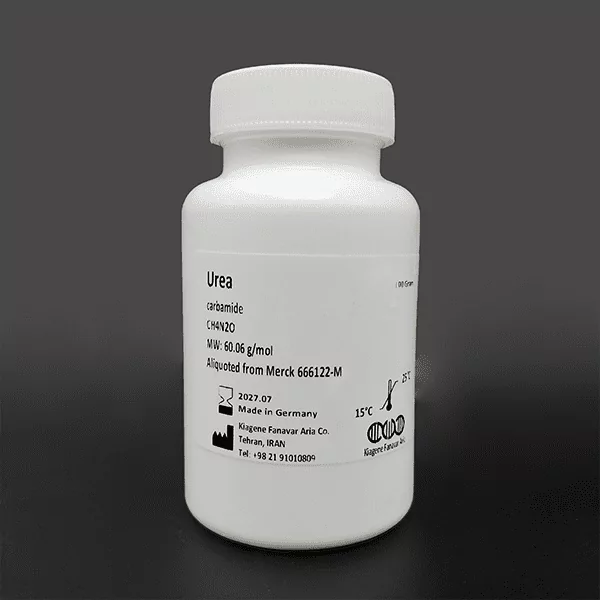







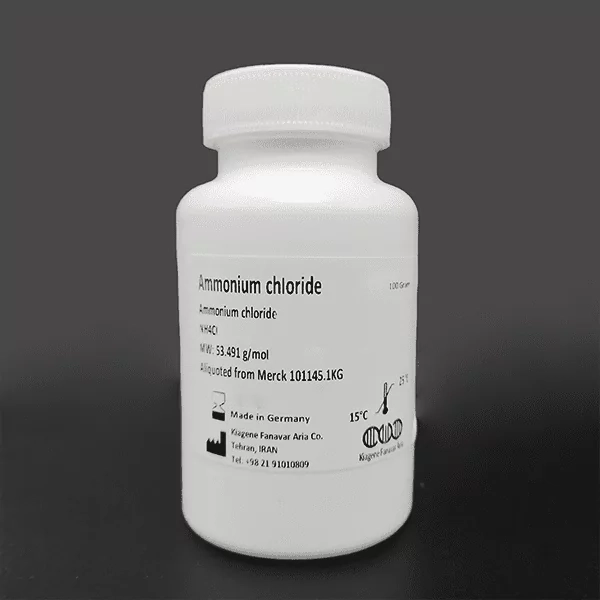
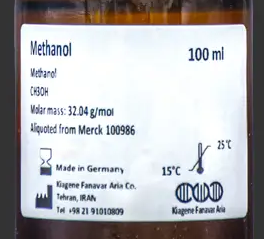
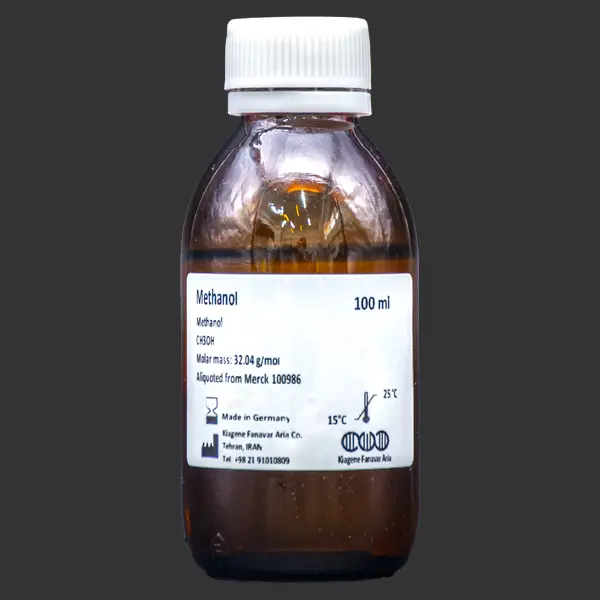
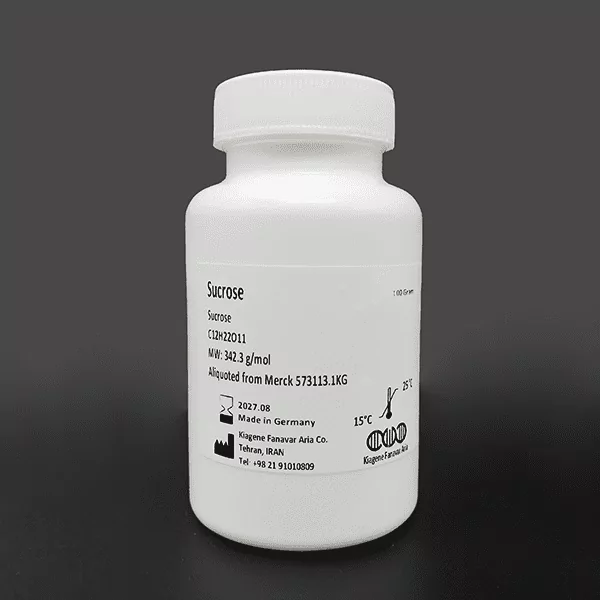
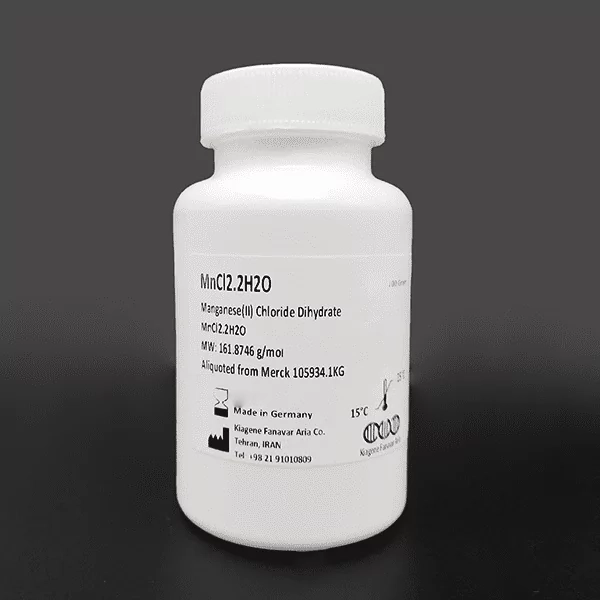




نقد و بررسیها
هنوز بررسیای ثبت نشده است.